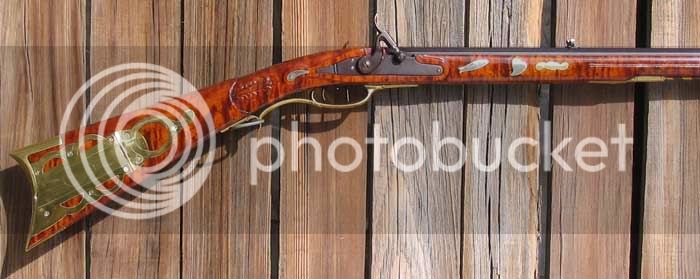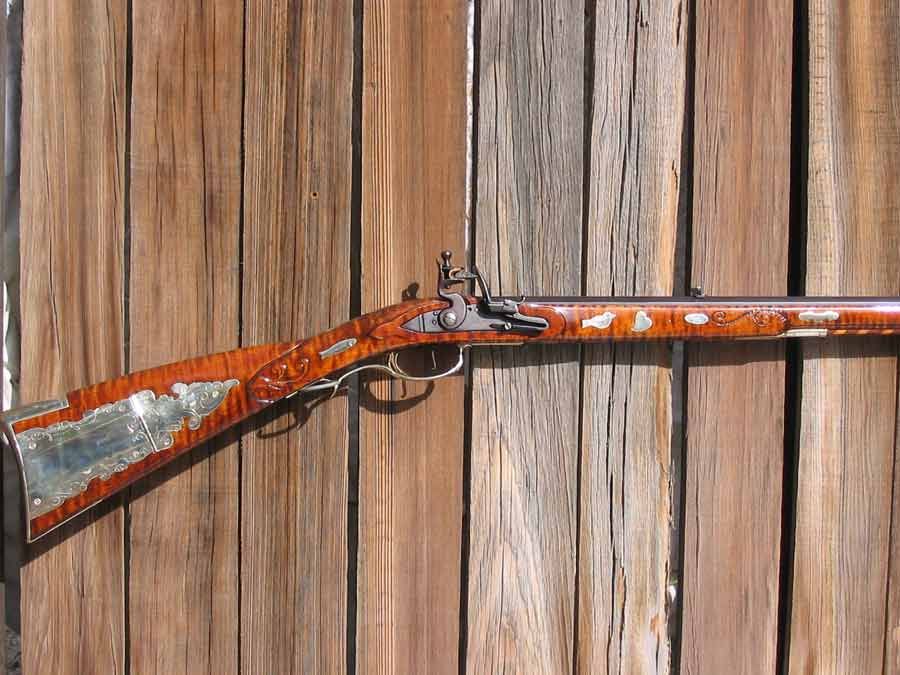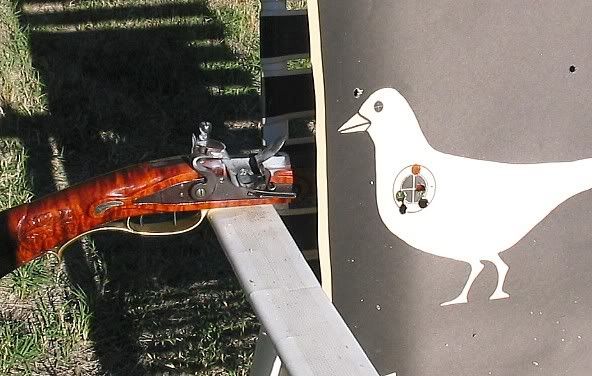Yes, it is as simple as unscrewing the drum or the vent liner and installing the opposite style and swapping out the locks.
Because the drum can take a beating (even though it is supported by the lock plate) it must have larger threads than say, a vent liner that is going to be installed in a Flintlock only gun.
This means the size of the threaded hole for the drum must be fairly large.
If the flat width on the barrel is larger than 3/8 inch a 3/8-24 thread will work. On the smaller barrels one is forced to use the 5/16-24 size. Fortunatly the vent liner for flintlocks are available in these same sizes (the White Lightning being the exception).
Although the locks are both made from the same lockplate castings, casting variation does make them somewhat different.
Although these differences are small, when you inlet the lockplates you must decide whether to modify the steel shape and size of the larger plate to match the smaller one or you must cut the wood away to allow the largest plate to fit and live with the small gaps between the wood and the smaller plate. This isn't a "biggie" but it must be dealt with.
Another thing that comes up is the height location of the sear arm in the locks.
That is, when one lock is at full cock the height of the sear arm should be close to the same as the sear arm on the other lock.
Although I've built 2 Convertible's (Bedford and Reading style), I don't know that I would build another one.
Usually a shooter will have their heart set on either one or the other and would not be interested in swapping back and forth between locks.
Hope this answered your question.










